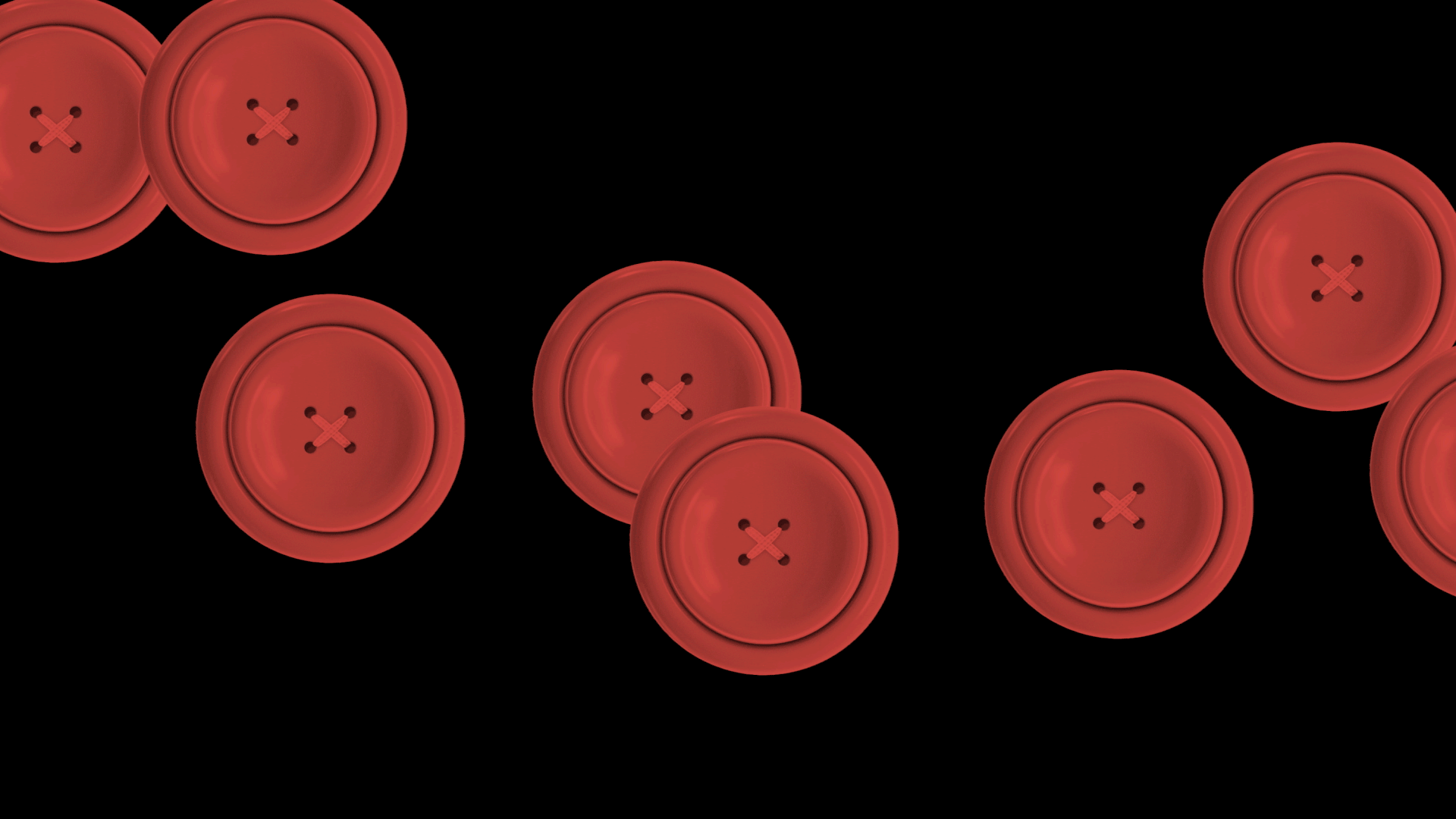
Context
Historically, Starbucks always sought to become the third place for its customers — a space between work and home where one could sit back and enjoy the finest coffee in a premium environment.
Over the last few years, however, Starbucks regressed toward a less-than-hospitable environment for its people. It is moving away from its classic café experience to one of pure convenience.
Challenge
How can Starbucks safeguard 50 years of earned loyalty and once again become a welcoming experience?
Execution
We propose that Starbucks use its most identifiable equity, its logo, to symbolize its creation of a safe harbor. Harkening back to its nautical origin story, the green dot becomes a beacon that invites you in when you most need it.
Context
The signifiers of social justice movements are proof that branding has the power to rally the masses and impact large-scale change.
Imagine sudden sweating, chills, night sweats, weight gain, mood swings, and anxiety; this is the reality of many experiencing menopause. $1.8B in working time is lost every year and 15% of menopausal people claim they have to cut back their hours. In addition to the economic challenges, they face equally harrowing physical and social challenges.
We are fighting for a world where the flash ceiling doesn't exist. We are fighting to close the meno gap—the gap between those who are experiencing menopause and those who are not.

